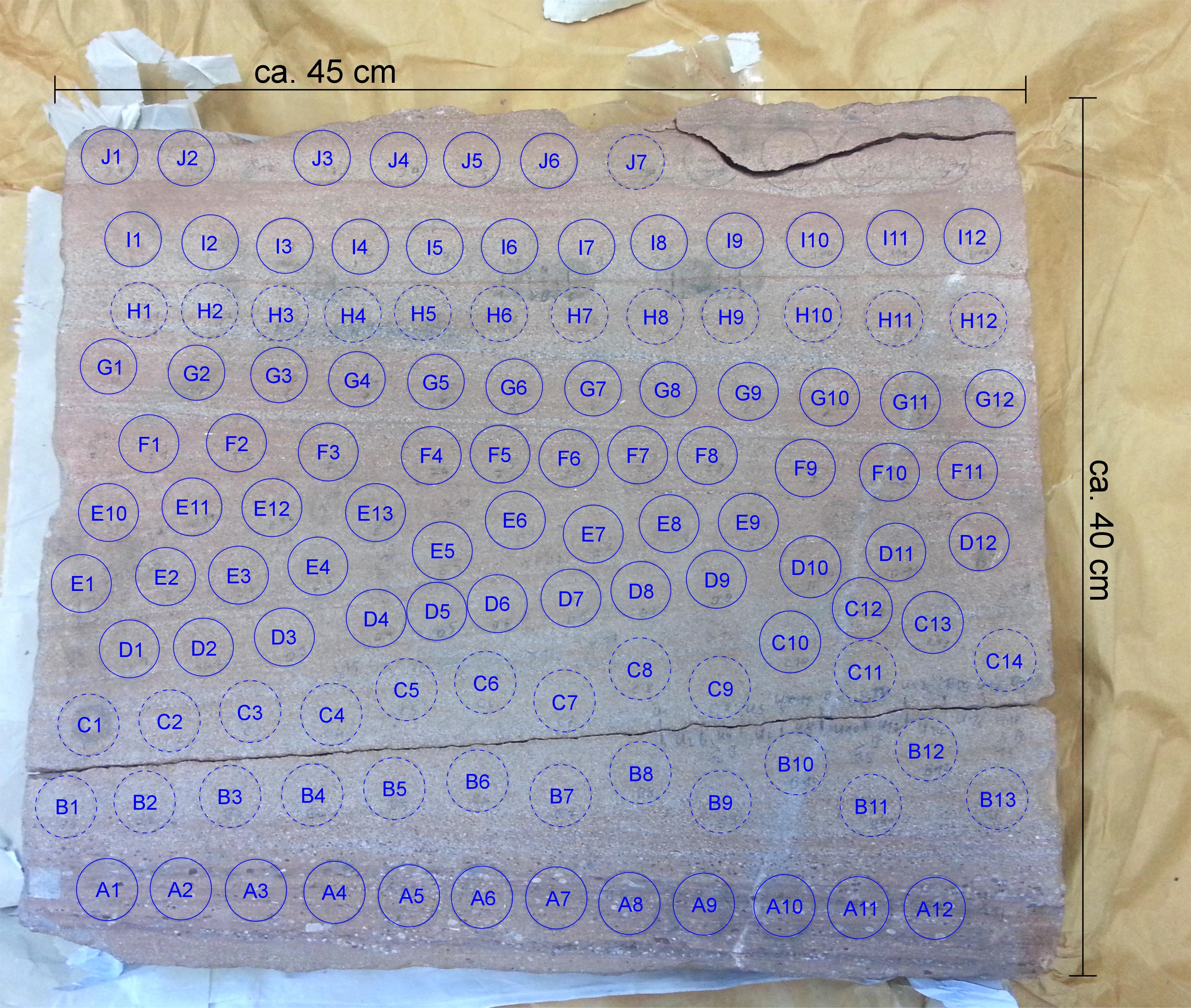ResKin – Reaction kinetics in reservoir rocks: Upscaling and modelling
- Contact: Prof. Dr. Philipp Blum (KIT), Prof. Dr. Christoph Butscher (TU Freiberg), M. Sc. Sina Hale (KIT)
- Funding: Federal Ministry of Education and Research (BMBF), program “Geological Research for Sustainability (GEO:N)” of the BMBF’s framework program “Research for Sustainable Development (FONA3)”
- Partner: University of Bremen (Prof. Dr. Andreas Lüttge, Dr. Cornelius Fischer), University of Greifswald (Prof. Dr. Laurence Warr, Dr. Georg Grathoff), Fraunhofer Institute for Industrial Mathematics ITWM (Prof. Dr. Oleg Iliev), Johannes Gutenberg University Mainz (Prof. Dr. Michael Kersten, Dr. Frieder Enzmann)
- Start date: 01.07.2017
- End date: 30.06.2020
The joint research project ResKin investigates the quantitative correlation between reaction kinetics of transport processes on atomic scale and porosity or permeability changes due to mineral dissolution. In particular, the development of a reactive transport model, which can be scaled up from nano to core scale, will be enabled. It can be used for long-term utilization and safety analyses of reservoir rocks. The focus here is on the storage of gases (for example H2) in the subsurface, whereby the prediction of porosity and permeability changes in reservoir or cap rocks should be made possible.
The overall project is made up of five work packages (WP). Experimental studies on fluid-rock interactions on core scale are the key issue of the WP2, which is represented by the Karlsruhe Institute of Technology (KIT). Calcite-cemented Rotliegend sandstones (reservoir rocks of the North German Basin, see Fig. 1) as well as cap rocks are used as sample material for the laboratory tests. The aim of the WP2 is to determine reaction rates for the dissolution of calcite in the pore space of the reservoir rock. The calcite system is well suited as an example system for the laboratory experiments due to extensive preliminary investigations (e.g. stability fields). Calcite is also one of the most important minerals in reservoir rocks in addition to feldspars, sulfides and sulfates. Many studies regarding geological CO2 storage focus on calcite dissolution, but no conclusions can be drawn about the scalability of the reaction kinetics, what is the aim of the joint research project ResKin.

Figure 1: Rotliegend sandstone (gas reservoir rock) of the Parchim Formation of the North German Basin. The fluvial (A) and aeolian (B-J) facies are sampled in the form of cylindrical core plugs.
High-pressure, high-temperature experiments with single- or multi-phase and highly saline fluids, which are carried out at the KIT over a time period of several days to weeks, allow the investigation of dissolution processes in the pore space of the sedimentary rocks under reservoir conditions (temperatures up to 200 °C, pressures up to 200 bar). The reaction kinetics of advective transport processes as a function of pressure, temperature, pH, fluid composition and flow rate will be investigated using a flow reactor (ICARE4), while reaction rates of diffuse transport processes can be determined in a batch autoclave.
The determination of the boundary conditions in the run-up to the tests is based on equilibrium calculations (e.g. PhreeqC, GEMS). By performing several test series with systematic variation of boundary conditions (including pressure, temperature and fluid chemistry), their influence on the detected reaction rates as well as on the temporal change of porosity or permeability can be quantified. Upon completion of the experiments, these are also simulated by numerical modeling (e.g. PhreeqC, PHT3D). The observed reaction rates on core scale, porosity and permeability changes as well as changes in mineral and fluid composition are finally used as a supplement to the measurements of the other project partners (on nm- and μm-scale) for the upscaling of mechanistic reaction models.